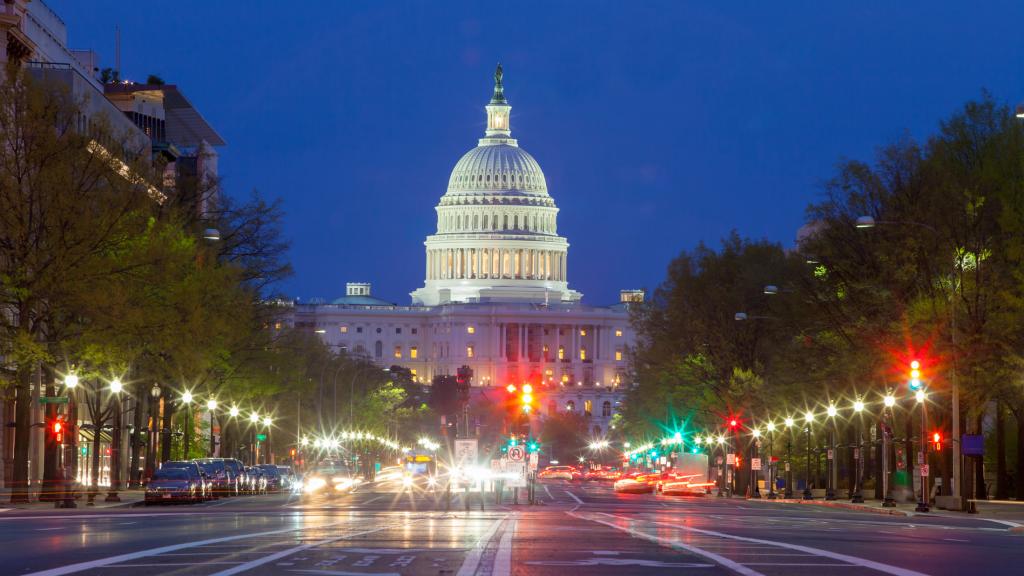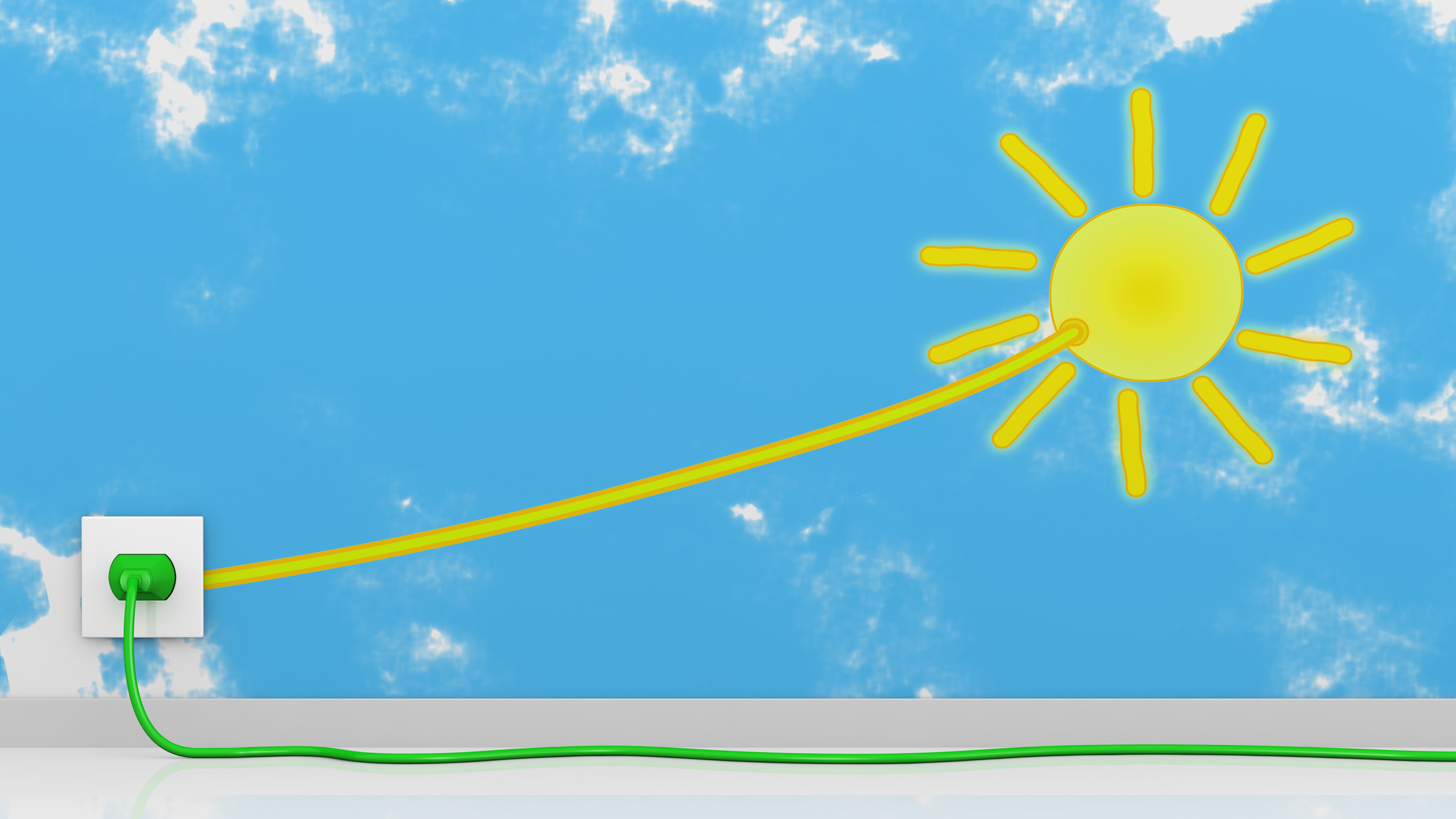Send your question to Umbra!
Q. I’m confused about renewable energy storage. Last I checked, renewable energy was but a small fraction of total electricity generation on our grid. I don’t think we have ever generated SO much renewable energy at one time that it became necessary to choose between storing it or grounding it. Shouldn’t we be using absolutely every kilowatt-hour of renewable energy right when it’s generated? And am I incorrect in assuming that the necessity for storage won’t even arise for decades in the future?
Christian B.
Los Alamitos, Calif.
A. Dearest Christian,
If only understanding the vast, high-voltage web of infrastructure we call the grid was as simple as flicking a switch. What seems so straightforward on our end — turn on the lights and bam, electricity! — is truly a complex system designed to move huge amounts of power staggering distances, all so that we can exercise our right to run the washing machine, dishwasher, and power drill all at the same time.
You’re not alone in your confusion about the country’s power grid, or how renewable energy sources like solar and wind power plug into it. Allow me to shed some light on the subject.
When you plug your smartphone into the wall outlet, Christian, you’re tapping into the grid. “The power grid is like a massive pool,” says Charles Barnhart, a postdoctoral fellow at Stanford’s Global Climate and Energy Project. “There are lots of hoses pouring in, and lots of taps pouring out.” The hoses pouring in come from power generators, including everything from coal to nuclear to hydroelectric to wind to solar sources. The taps pouring out are our smoothie blenders, refrigerators, stereos — and that dead phone battery of yours. (This video breaks it down quite nicely.)
Here’s one key thing to know about the grid: It doesn’t function unless energy demand (from us) and energy supply (from power plants) balance out. Too much demand, and we lose power. Too much supply, and we also lose power, as the aging grid can’t handle much surplus energy. Grid operators prevent this by carefully monitoring and predicting energy demand (for example, they often expect a surge in demand on hot days when we all crank up our air conditioners), then calling on power producers to deliver that precise amount.
The problem with the ever-fickle wind and sun is that they’re not so easy to predict and control. Overall, energy from renewable sources does make up a decent slice of the country’s total power — about 13 percent. But the grid is constantly fluctuating, and at any given (sunny, windy) time and place, renewables might be humming hard enough to overwhelm our demand for energy (as it did during this Pacific Northwest storm, or on most nights in Texas).
All right, you might say. I get it — but when wind and solar are pumping, shouldn’t we dial back all the grid’s dirty power sources and let renewables shine? I’ll let Paul Denholm, senior energy analyst at the National Renewable Energy Laboratory, handle this:
“You can only turn a power plant down so much. A Prius comes to a stop at a red light and the engine shuts off. When the light turns green, the engine starts up again. Power plants aren’t like that — if you turn it off, you have to keep it off for hours. Also, it’s really expensive to turn a power plant on and off.
“It would be great if in the middle of the day, when the sun is shining, we could turn power plants off. But the sun will set, and you wouldn’t have the plants back on again in time.”
And so we’re left with a situation where we use renewable energy when the demand is high enough. When the wind is blowing/sun is shining but we don’t need the energy, however, we can either curtail wind/solar production or figure out a decent way to store the excess.
That’s why renewable energy storage is a bright idea today, not years in the future. There’s lots of exciting science being done in this department, from high-tech batteries to pressurized air stored in volcanic rocks to hydropower reservoirs to residential water heaters. This is all part of the Smart Grid, a broad collection of ideas aimed at modernizing our creaky power system and integrating renewables more seamlessly.
Some day, we may wash our hands of our dirty power sources. (This fascinating study looks at what it would take to draw 80 percent or more of the U.S.’s energy supply from renewables. Hint: It’s possible!) But reliable energy storage is a crucial step on the road to more, better, cleaner power.
Bountifully,
Umbra



